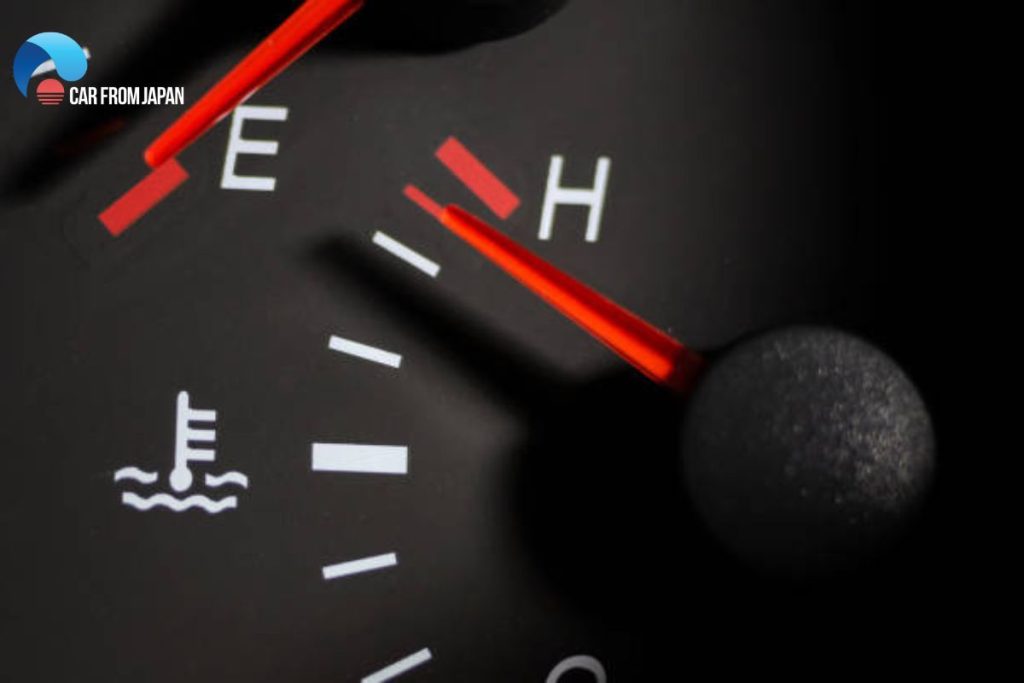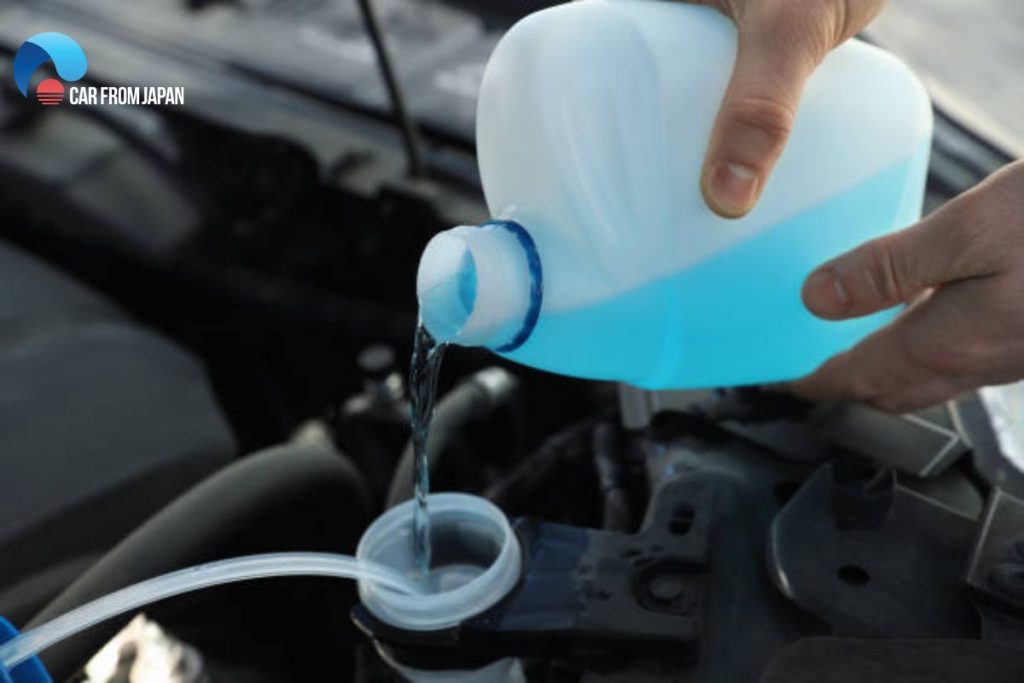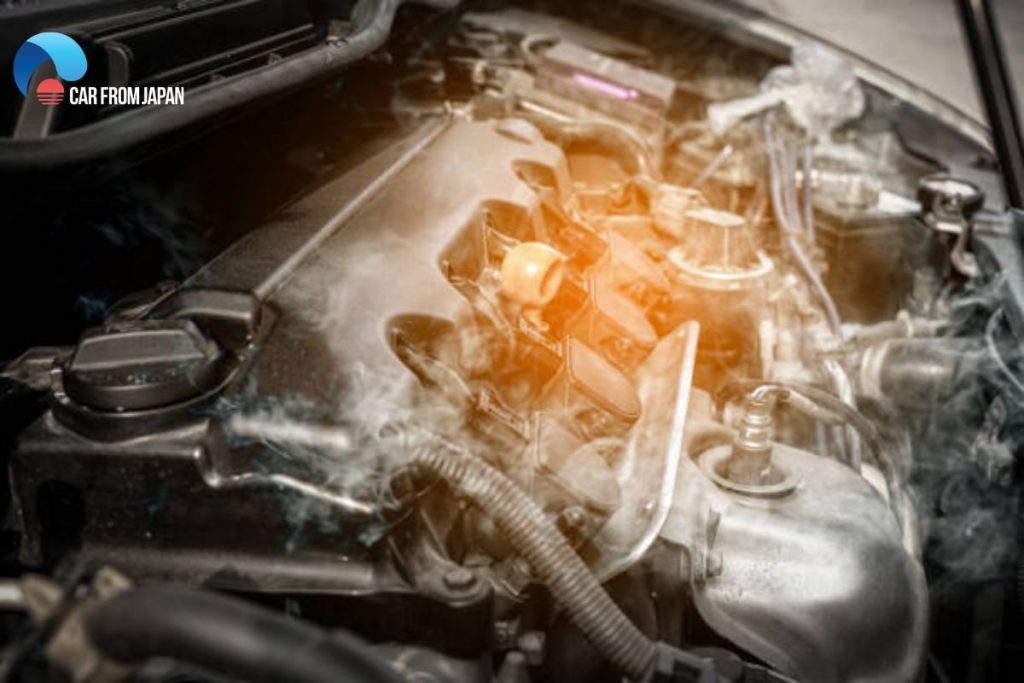Overheating engines are a serious problem, and unfortunately, not too uncommon. When you’re dealing with too hot an engine, you need to handle it with care, or else you might risk further damage. For one, you must know how long does it take for a car to cool down before you can inspect and troubleshoot or try some quick fixes. Not just when dealing with an overheated engine, this is basic car maintenance knowledge to safely care for your beloved vehicle.
Contents
Signs of an Overheating Engine
Hot weather and older vehicles are the two main catalysts for an overheated car. Not quite unprecedented, but modern cars hardly suffer from this problem. It could happen when you are climbing uphill or get caught up in stop-and-go traffic on an exceptionally hot day.
There are a few common signs that you must be aware of when your car engine is beginning to overheat.
- The engine temperature gauge in the dashboard or driver console spiking to “H” or moving into the red area of the gauge.
- Steam that often looks like smoke coming from the front of the vehicle under the hood.
- Strange smells or odors emanating from the front of the car, particularly near the hood. Leaking coolant can often have a sweet smell, while oil leaks will typically produce a burnt odor.
If you notice these signs while driving, try turning the air conditioning system off as soon as you realize that the car is overheating. It will take some load off the engine and reduce its temperature. Open the windows to quicken the process.
If shutting off the A/C does not help, switch on the heater and blower. It sounds counterintuitive, but turning on the heater draws warmth away from the engine and into the passenger compartment. This will lessen the burden on the engine’s cooling system and reduce its temperature.

Another quick fix: if you notice the temperature increase while in traffic, rev the engine a bit after shifting the gear to ‘Park’ or ‘Neutral’. This process speeds up the water pump and the fan, pulling more air and water through the radiator. The boosted liquid and air circulation help cool the engine off.
Another helpful tip is if you’re in stop-and-go traffic, aim to creep rather than alternating between braking and accelerating. Braking generates a lot of friction, which will only worsen the overheated engine situation. It makes the engine work harder and causes further damage.
How Long Does It Take for a Car to Cool Down?
How long does it take for a car to cool down depends on the normal atmospheric temperature and how hot the engine is. The time for cooling down will also vary from engine to engine.
It typically takes at least a solid 30 minutes for an engine to cool down enough for it to be safe to inspect, as there will be boiling steam when you open the hood. A car engine is said to have cooled down when you can safely handle it, for instance, safely opening the radiator cap or checking the coolant level.
To safely open the radiator cap, you will need to wait for 1 to 2 hours. But if you want to check the coolant level, it is safer to wait for about 3 to 5 hours. Note that by then the engine has cooled down considerably, but the coolant has already expanded, so the gauge will show a false high reading, which could be mistaken as still hot.
An overheating engine is not a problem to be underestimated. The right course of action is to have a professional inspect your car’s cooling system as soon as possible to resolve the root cause of the problem.
If you’re too far away from the nearest mechanics, the best course of action is to have your vehicle towed towards safety. Don’t drive the car more than a quarter mile to avoid further engine damage. Otherwise, if circumstances allow, you can try adding coolant to let your engine cool down so that you can drive to the nearest auto shop.
Quick Fix: Adding Coolant
Engines typically overheat because the coolant is low, so topping it off will usually solve the problem. When you have waited at least 15 minutes so that the hood is cool to the touch, it’s time to add coolant.
Note that this is only a temporary fix. Adding coolant does nothing to address the problem that caused your engine to overheat in the first place, but it often allows you to drive safely to the nearest repair station.
Put on gloves, open the hood, and locate the radiator cap. You might want to consult the owner’s manual if you are unsure where the coolant reservoir tank is. It’s usually a translucent plastic tank near the radiator.

If the coolant tank is empty, you may have sprung a leak. Take a quick look under the car. If you notice a drip or puddle, chances are the coolant tank is leaking.
If the culprit is a coolant leak, you will need to refill it. Make sure the radiator cap is cool before opening it. Note that when heated, the coolant expands, leading to pressure building up. To safely remove the radiator cap, it is important to cover the cap with a towel and slowly push down and loosen it a quarter of a turn, to release the built-up pressure.
Then fully open the radiator cap and slowly add coolant, a mixture of half water and half antifreeze, until the liquid reaches the “full” line. You should also add coolant to the small, clear plastic overflow reservoir mounted to the side of the radiator.
Next, replace the cap and turn on the engine. Also, make sure the upper or lower radiator hose and any of the heater hoses have not been blocked, disconnected, or burst.
An important safety tip: Do not pour cold water into a still-hot radiator. It could cause the engine block to crack due to the sudden change in temperature. If you have to add water while the engine is still warm, pour slowly while the engine is running in neutral or park.
In addition, note that most cars require a 50/50 mix of coolant with water to prevent overheating, so you won’t be able to drive indefinitely with an overheated engine by adding nothing but water into the coolant tank. If you don’t have coolant on hand when your car overheats, make sure to add a comparable amount of coolant as soon as possible.
Alternatively, if the coolant tank is full, the problem may be electrical or mechanical in nature. A leaking hose, worn or broken fan belt, bad water pump, or malfunctioning thermostat may be the culprit. In this case, your best course of action is definitely to request a tow to the nearest repair shop.
If the temperature gauge comes back to normal or the red warning light goes out, you can proceed with driving, but be cautious and keep an eye on the temperature gauge or warning light.
Why Do Engines Overheat?
Today’s cars have sophisticated cooling systems equipped with multiple heat sensors and computer-controlled electric fans designed to keep your engine running in any weather. These superior features make overheating less likely in modern cars than in older models. However, overheating can still happen.

There are many reasons why your car could be overheating, but in essence, overheating is caused by a problem with the vehicle’s cooling system that doesn’t allow heat to leave the engine compartment. This is often due to a leak or blockage somewhere in the engine cooling system or other components.
Components like rubber hoses, gaskets, and water pumps are exposed to a high degree of regular wear and tear, therefore can easily spring a leak. In addition, certain driving conditions, like stop-and-go traffic on a hot day, can put significant stress on the cooling system, causing it to fail.
As with most car issues, maintenance is key. To minimize the chance of engine damage, it is best to avoid this problem with regular maintenance by checking your car’s coolant and oil levels and inspecting hoses, fans, the thermostat, and other parts in the cooling system.
But what do you do if your temperature gauge starts to climb toward “H” or the dashboard warning light flashes? Knowing what to do when your car overheats could mean the difference between replacing a $20 thermostat and thousands of dollars in repairs.
FAQs
How can I cool down my car fast?
To cool down your car’s engine fast after parking:
– Open the hood: This allows trapped hot air to escape and cooler ambient air to circulate.
– Use a fan (if available): Pointing a fan at the engine can significantly increase airflow and speed up cooling.
– Be patient: Even with these steps, a very hot engine will still take time. Avoid spraying cold water directly onto a very hot engine block, as this can cause thermal shock and crack components.
How long to cool a car before an oil change?
For an oil change, wear rubber gloves, have rags handy, and let a hot engine cool for 10-15 minutes first. Conversely, to get an accurate oil level reading, warm up a cold engine for a few minutes.
What’s the best way to know if my engine is cool enough to work on?
– Check the temperature gauge: It should be on “C” or the lowest point on the dial.
– The touch test: Carefully touch the plastic engine cover first. If it’s cool, briefly touch a metal part of the engine (like the valve cover). If you can comfortably hold your hand there for a few seconds, it’s likely safe for most jobs.
Final Thoughts
In conclusion, there’s no single, exact answer to how long it takes for a car to cool down, as factors like ambient temperature, engine size, and how long it was driven play a big part. The best approach is always to be patient, especially when working on the engine, allowing at least 30 minutes to a few hours, depending on the situation, to ensure it’s safe to touch and avoid burns.



